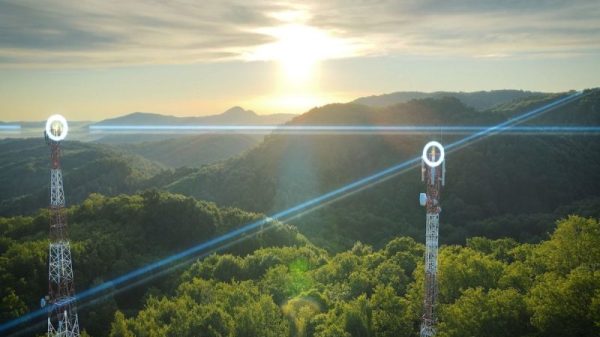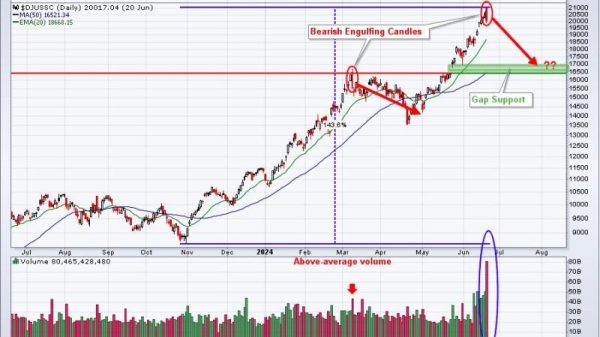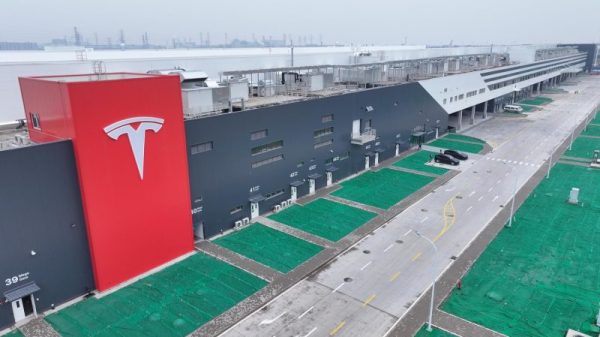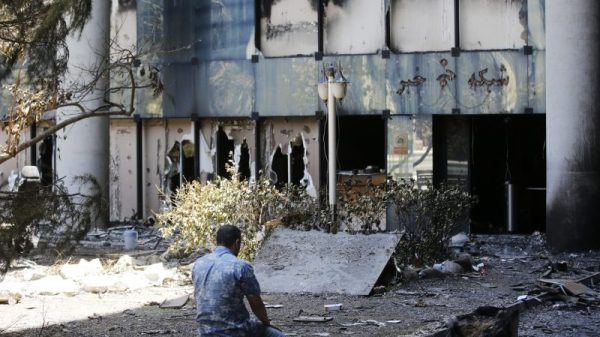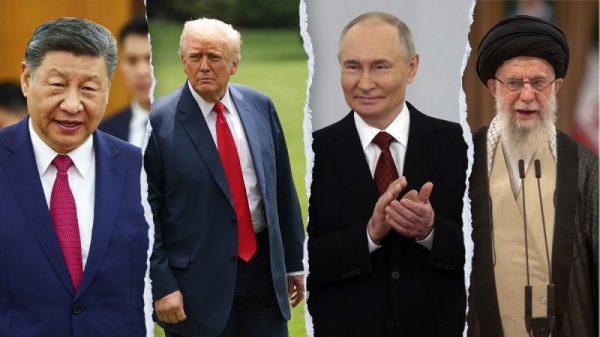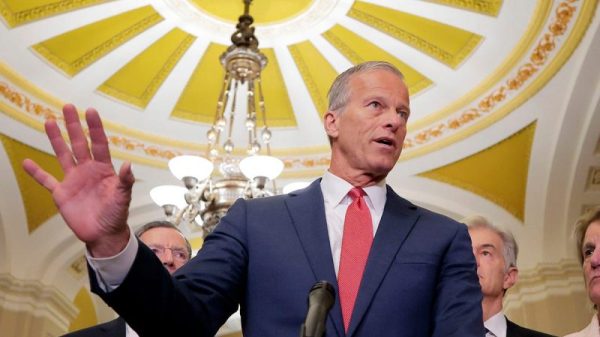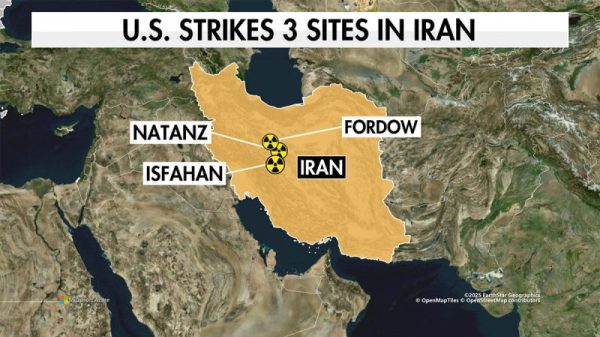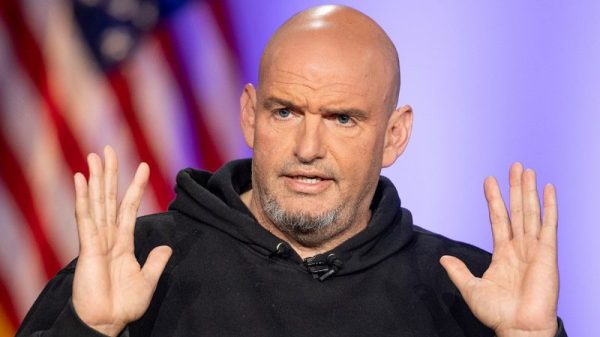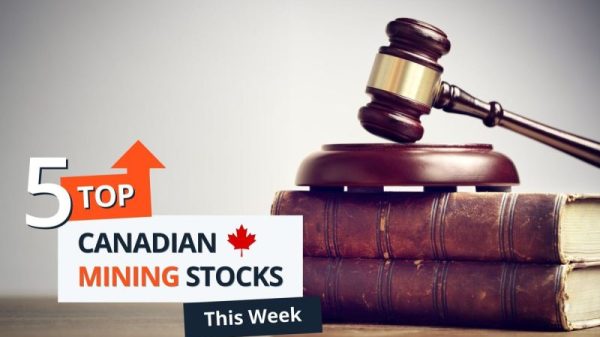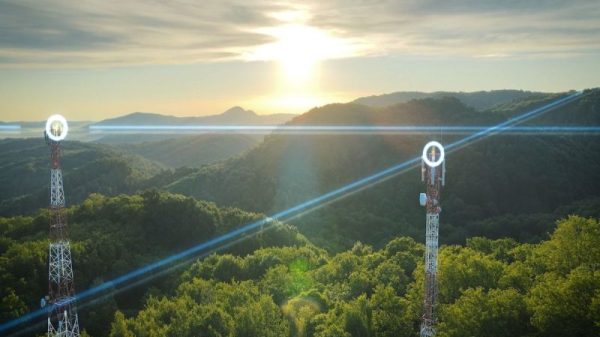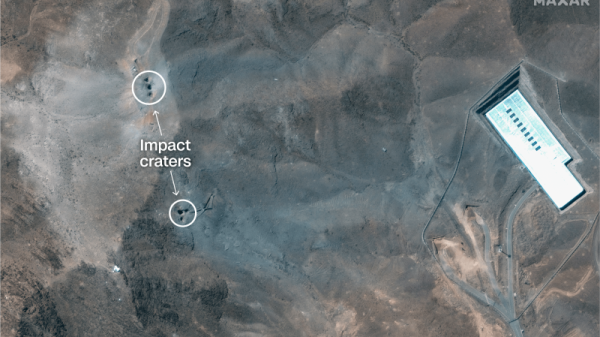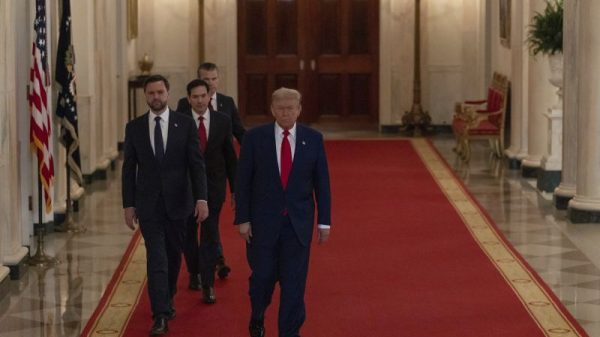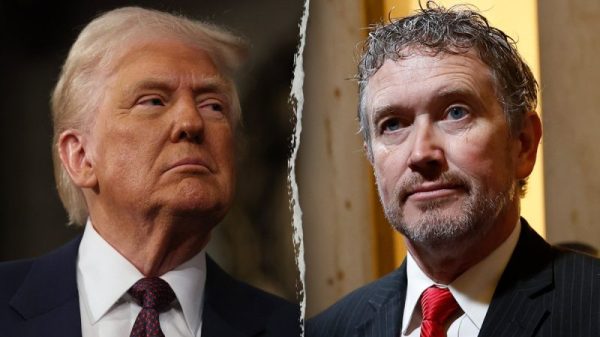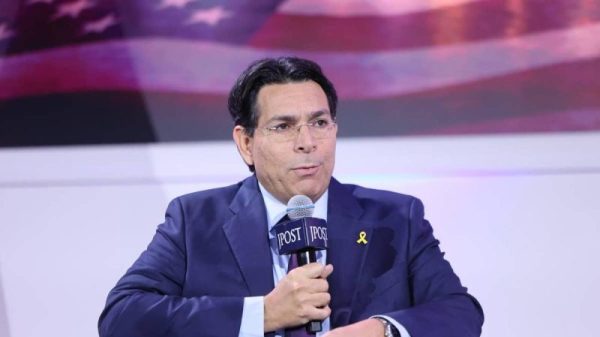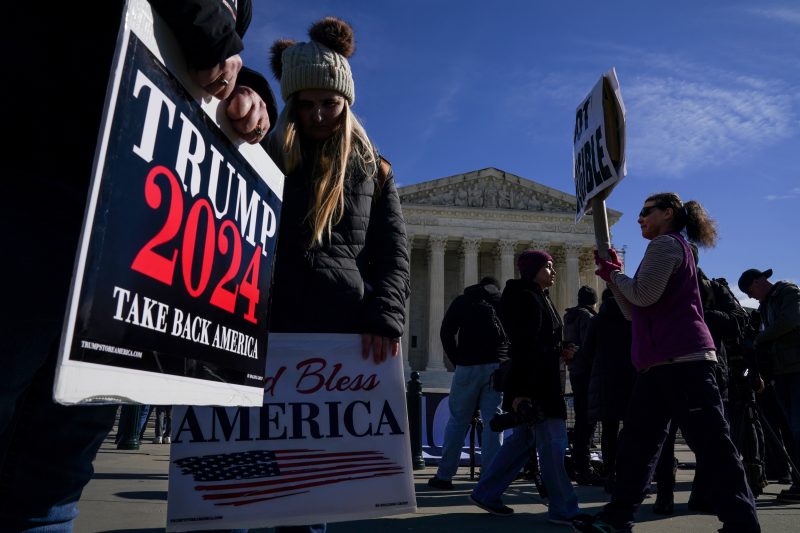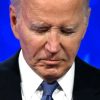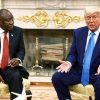In the next four months, the Supreme Court will resolve a huge number of highly consequential cases — as many as the justices might typically confront across several years. Their decisions will address some of the nation’s most pressing issues and influence the course of this fall’s presidential election.
The most closely watched question: whether Donald Trump is immune from criminal prosecution on charges of trying to overturn the results of the 2020 election. The court’s announcement Wednesday that it will hear the case in late April drew enormous criticism for boosting Trump’s efforts to delay his D.C. election obstruction trial until after the 2024 election, in which he is the leading Republican candidate.
The justices are already grappling with other blockbuster cases that will shape the future of free speech online, the power of federal government agencies and access to the most widely used abortion medication. In addition, they have two other cases with significant legal and political impacts for Trump.
And the high court appears crunched for time, far behind in issuing rulings for cases heard since the start of the term in October. The court has announced just five decisions, leaving 92 percent of argued cases to be formally resolved before the term ends in late June or early July.
Steve Vladeck, a University of Texas law professor who closely tracks the work of the justices in a weekly newsletter, said the nation’s highest court has reached a tipping point, brought on by the fallout from recent landmark decisions, the unprecedented situation of a major presidential candidate facing criminal prosecution, a continued flood of emergency applications and ongoing stalemate in Congress on major issues of the day.
“The Supreme Court is being pulled in more directions than it’s capable of being pulled in — and is in the middle of just about every significant contemporary public policy, political and cultural debate,” Vladeck said. “This is not a play for sympathy on the justices’ part, but a genuine concern that the court is not well situated to handle this onslaught of high stakes, politically charged cases.”
Some of the buildup is self-inflicted, analysts said, with major issues from past terms such as abortion and gun rights resurfacing. In the early weeks of the term, the justices were probably diverted by their efforts to put out the high court’s first code of conduct, announced in November in response to controversies over lavish trips and gifts that some justices have received from billionaire friends and questions about recusal decisions.
And while the justices are accepting fewer cases overall, the ones consuming their time are complicated. The court is also inundated with emergency requests in what is known as the “shadow docket,” which contributes to the sense that the justices are at the center of every major political issue.
“There are more requests and more contentious issues,” said Washington lawyer Carter G. Phillips, a veteran Supreme Court advocate. With the justices often signaling a willingness to intervene earlier in matters traditionally resolved first by the lower courts, competing parties “are feeling comfortable routinely coming to the court to ask for help.”
For example, the same April week the court takes up Trump’s immunity claim, the justices will review a challenge to Idaho’s abortion law, which the Biden administration says conflicts with federal law requiring emergency care, including abortions, even in states with strict bans. That case was added to the calendar before an appeals court had ruled in the matter, in response to an emergency request in January.
Also in January, the justices intervened in an immigration battle between the Biden administration and Texas Gov. Greg Abbott (R) over razor wire Texas officials installed along a busy stretch of the southern border. Separately, the court could answer at any time another emergency request from Idaho to clear the way for the state’s ban on gender-affirming care for transgender minors.
All of this comes as the court is far behind in issuing opinions. South Carolina is still waiting to hear whether to reinstate a congressional map drawn by the GOP-majority legislature that a lower court found “exiled” 30,000 Black voters to create a district safer for a White Republican incumbent. The state had asked for an answer by Jan. 1, so a new congressional map could be put in place if needed for the 2024 elections, with primaries scheduled for June. The court also has yet to announce its decision in a Second Amendment case from November, which asks whether individuals subject to domestic violence restraining orders can be prohibited from having firearms.
Adam Feldman, founder of Empirical SCOTUS, said the court’s current backlog represents the slowest pace of any term during the tenure of Chief Justice John G. Roberts Jr. By March 1 of the 2005 term, the court had issued rulings in more than a third of its argued cases. That dropped to 21 percent by this point in the 2020 term. This year, it is at 8 percent.
“Last term was the slowest, and now they’ve gotten even slower,” Feldman said.
Some noted the absence on the bench of Justice Ruth Bader Ginsburg, who was always determined to get her opinions out quickly and set the pace by issuing the first opinion of the term.
It is likely that the justices have completed majority opinions in more cases argued early in the term than they have announced so far. But they cannot release those rulings until their colleagues complete both dissenting opinions and concurrences, which are written by justices who agree with most or all of a ruling but are compelled to explain how they would have resolved the dispute differently.
Back in the fall, it seemed the most significant cases on the court’s calendar would be a trio of challenges to the power of the administrative state and a pair of First Amendment cases targeting laws in Texas and Florida that control how major social media platforms curate content. Since then, Trump’s legal and political troubles have seemingly overwhelmed the docket.
“That was then, this is now — and now it’s Donald Trump, Donald Trump, Donald Trump,” said Pamela S. Karlan, a Stanford University law professor and co-director of the school’s Supreme Court Litigation Clinic.
In January, the justices agreed to decide whether states can disqualify Trump from the ballot for his actions around the Jan. 6, 2021, attack on the U.S. Capitol. The court quickly held argument five weeks later, with a majority of justices appearing poised to prevent Colorado from barring Trump from holding office. But they have not announced their decision.
The court has also agreed to review the validity of a law that was used to charge hundreds of people in connection with the Jan. 6 riot and is a key element of Trump’s four-count federal election obstruction case in Washington. That argument is scheduled the week before the court takes up Trump’s claim that he is protected by presidential immunity from criminal prosecution. In the latter case, the justices will review a unanimous ruling from the U.S. Court of Appeals for the D.C. Circuit that forcefully rejected the president’s position.
It took 13 days after receiving briefs from both sides for the court to announce that it will review the immunity case — an indication that there were negotiations among the justices over how to proceed. The justices also rephrased the specific question they will consider at argument, a process that would have required an exchange of memos to hash out the final language.
At least four of the nine justices must vote to add a case to the court’s calendar. Some may have wanted to follow the usual course, which would have meant scheduling Trump’s immunity case for the term that begins in October, a month before the election, with a ruling coming even later. Others may have wanted to let the D.C. Circuit ruling stand, allowing Trump’s trial to go forward, or to hear the case this month or earlier in April, when they could have added an argument day to the calendar.
The decision to set the case for the last full week of April suggests a compromise even as it pushes a possible date for Trump’s D.C. trial into late summer or early fall.
By court standards, the justices are moving quickly, shortening the time for the lawyers to file initial briefs to three weeks instead of the usual 45 days, while still providing a window for extensive briefing on an unprecedented question.
But with the practical realities of the political calendar, the justices “just seem kind of indifferent to what the effects of this are on whether there can be a trial at all,” Karlan said. “If they are going to say this prosecution should go forward, they are kind of jamming the case in a variety of ways if they can’t issue a decision until May or June.”
After the justices hear arguments, they will meet as they always do in private conference with only the justices present. Each will offer an initial take in order of seniority, starting with the chief justice, before some discussion and an early vote.
When Roberts is in the majority, he can assign the writing of the opinion to himself or a colleague. That begins the process of drafting and circulating opinions, dissents and concurrences.
In a case as big as whether a president is immune from criminal prosecution or can be kicked off the ballot, court watchers expect Roberts to write for the court and to assemble as broad a majority as possible.
In some ways, legal analysts said, the federal prosecutors attempting to put Trump on trial for election obstruction left the justices little choice but to take up the immunity appeal. In December, prosecutors asked the high court to short-circuit the normal appeals process and consider the matter rather than leaving it to the D.C. Circuit appeals court.
“This case involves — for the first time in our Nation’s history — criminal charges against a former President based on his actions while in office,” special counsel Jack Smith wrote. “It is of imperative public importance that respondent’s claims of immunity be resolved by this Court and that respondent’s trial proceed as promptly as possible if his claim of immunity is rejected.”
Jonathan Adler, a professor at Case Western Reserve University School of Law, said in a column Thursday that there is no question the case is worthy of review by the high court, even though he would have preferred to see the D.C. Circuit decision stand.
He noted that a number of factors, including that it took until this past August for the Justice Department to file charges against Trump for his alleged conduct nearly three years earlier, contributed to pushing the D.C. trial up against the general-election calendar.
“This leaves us with the unhappy choice of letting the Supreme Court further define the contours of presidential immunity on the eve of a presidential election in which the defendant is a candidate,” Adler wrote. “That is not a great place to be, but that’s where we are.”




